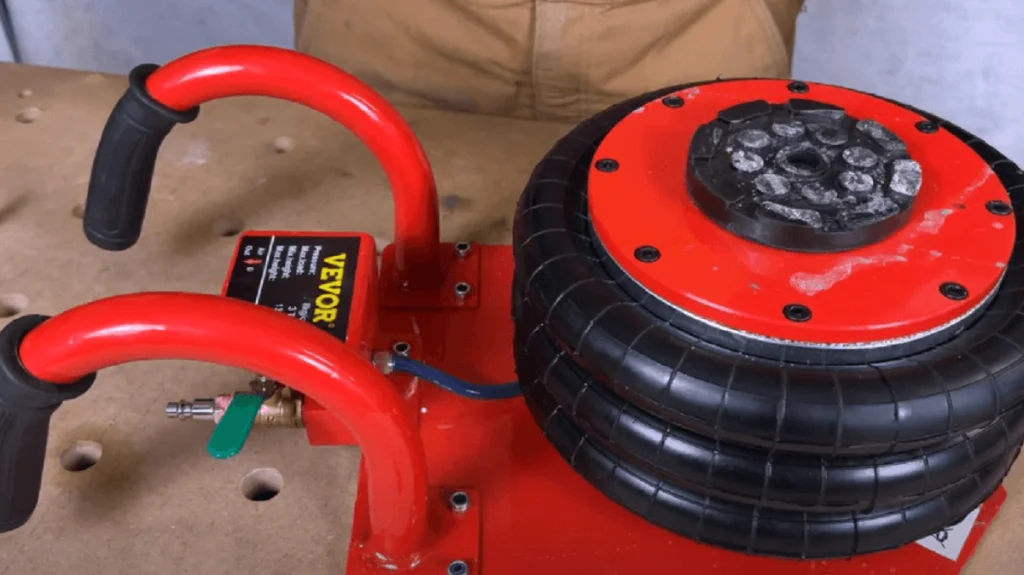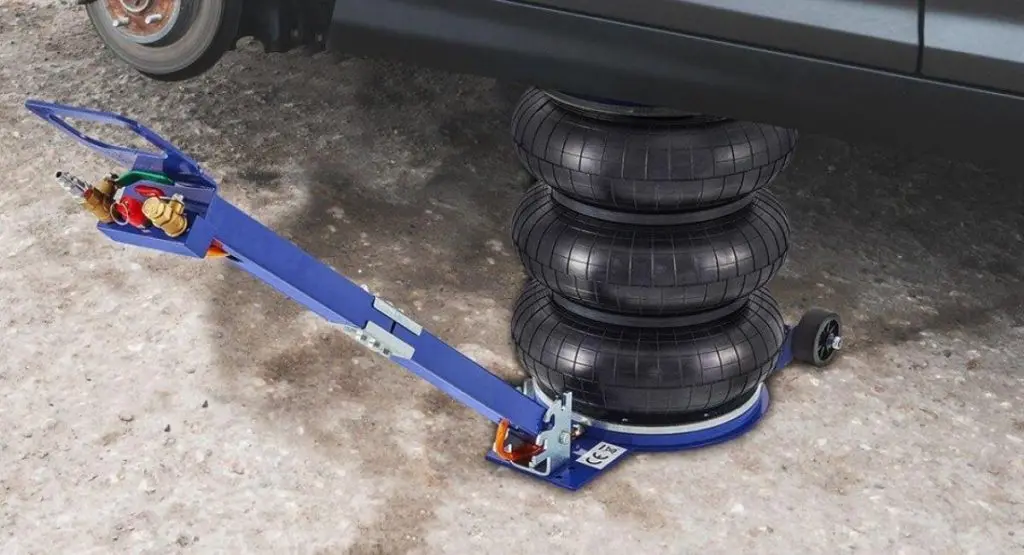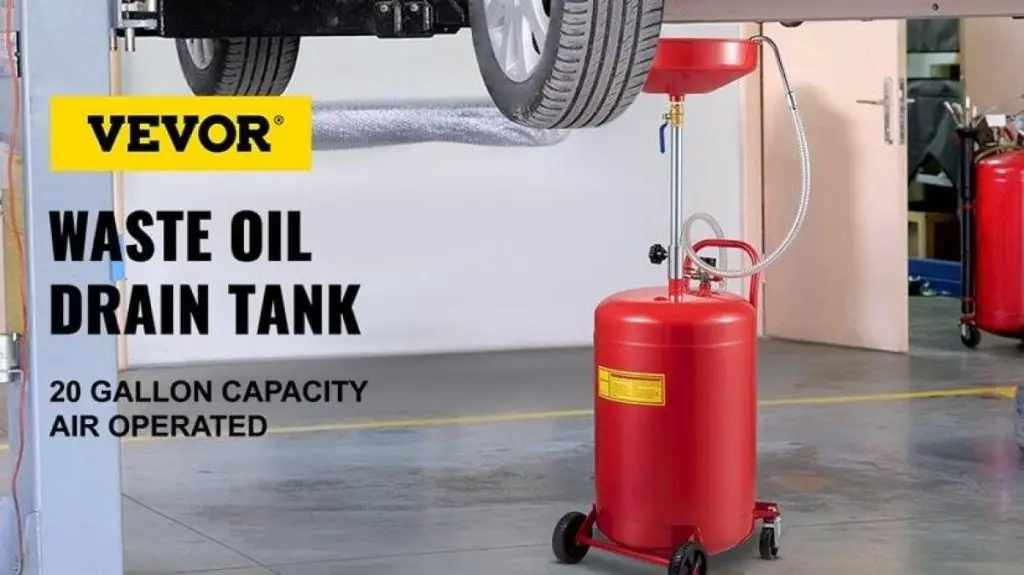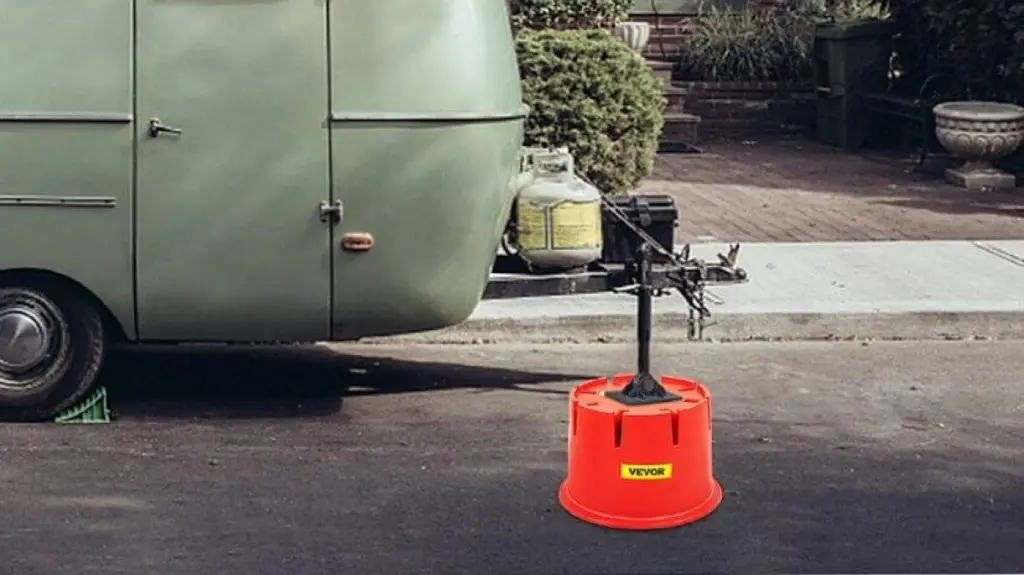If you are going down the road in your truck and suddenly have a flat tire, you might have to change it. That is where you need to have a jack to lift your truck. There can be other instances where you might require a jack as well. For example, you might want to change the oil in your vehicle.
Or, there would be some repairs that you might want to make. Either way, you need to learn how to properly jack up and support your truck before you do anything. It includes where to jack a truck up, along with knowing the proper way of doing it.
Understanding where to jack up a truck is fundamental for vehicle maintenance and repair. Whether you’re a seasoned mechanic or a DIY enthusiast, this guide will take you through the essential steps. Particularly, it will have a special focus on the reliability of the VEVOR car jack as a pivotal tool in the lifting process.
Table of contents
Setting the Stage – Preparing to Jack Up Your Truck
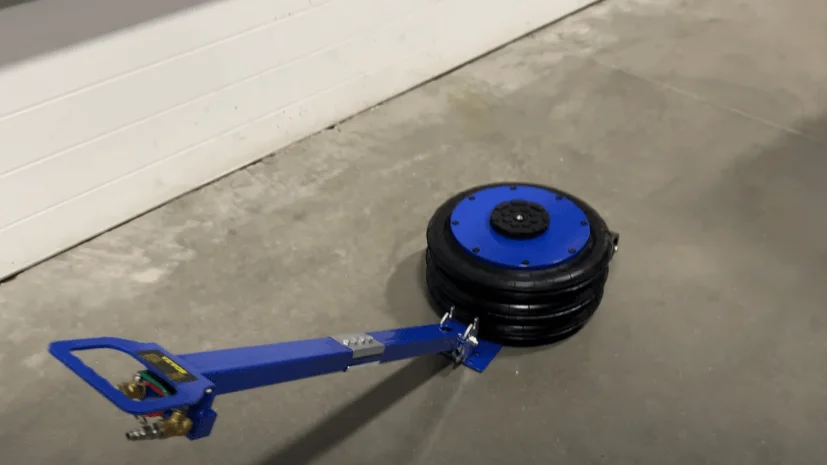
Before you learn how to lift your truck, it’s imperative to set the stage for a safe and effective operation. Parking on a flat surface may seem like a straightforward task, but the significance of this step cannot be overstated. Parking your truck on uneven ground can complicate the lifting process.
But that is not all, it also poses a major safety risk. Uneven terrain can cause the vehicle to shift unexpectedly, leading to instability during the lift. In addition to parking on a flat surface, choosing the right jack and equipment is also a crucial step in preparing for a successful lift.
Ideally, you need to consider the weight and size of your truck, as well as the type of work you intend to perform. It can be a bit challenging to find a place where you can get a variety of car jacks. Luckily, there are a wide variety of VEVOR car jacks that you can choose from.
Known for its reliability and durability, the VEVOR car jack stands out as a trustworthy choice for a wide range of trucks. Its powerful construction and user-friendly design position it as an indispensable tool.
Identifying Jacking Points – Front and Back
Knowing the jacking points is the most important when it comes to jacking your truck. Consider it the heart of the lifting process because identifying the correct jacking points for both the front and back of your truck is vital.
Where to Jack up a Truck in the Front:
So, where to jack up a truck in the front? The front of your truck typically has designated jacking points along the frame or suspension components. To identify these points, refer to your vehicle’s owner’s manual for precise instructions.
Commonly, manufacturers indicate specific areas where the weight of the vehicle can be safely supported. These points are strategically placed to bear the load of the jack without causing structural damage. Placing the jack in the wrong spot can lead to unintended consequences, such as bending or damaging critical components.
Where to Jack up a Truck in the Back:
Similar to the front, the back of your truck also has specific jacking points. These are typically found near the rear axle or suspension components. Again, consulting your vehicle’s manual is crucial for finding out where to jack up a truck in the back.
These points can handle the truck’s weight when lifted and provide a stable foundation for the jack. Understanding where to position the jack in both the front and back is vital. It can ensure a secure lift and also safeguard your vehicle from potential damage.
Choosing the Right Jack for Your Truck

Understanding the crucial differences between a floor jack and a bottle jack is crucial for making an informed decision. Floor jacks, known as trolley jacks, are designed to lift vehicles horizontally. They often have a longer reach and are ideal for lifting trucks with a higher clearance.
On the other hand, bottle jacks are more compact and have a design that assists in lifting loads vertically. They are suitable for situations where vertical clearance is limited. When it comes to height adjustment floor jacks have a different range than bottle jacks.
It makes them an optimal choice for lifting vehicles with higher ground clearance. Conversely, bottle jacks are a better option for lifting vehicles with low ground clearance, which includes small sedans or sports cars. Therefore, you must choose the appropriate jack for lifting your truck.
VEVOR, a trusted name in automotive tools, offers various jacks tailored to different truck types. From compact cars to heavy-duty trucks, VEVOR has a solution for every lifting need.
Step-by-Step Guide to Jacking Up Your Truck
By now, you know how to prepare your workspace and select the relevant jack and equipment. So, it’s time to delve into the heart of the lifting process. Here is a detailed, step-by-step guide to safely and effectively jack up your truck.
Step 1 – Inspecting Your Vehicle
Before lifting your truck, conduct a thorough visual inspection. Look for any signs of damage or wear on the undercarriage, and ensure that there are no loose components that could pose a risk during the lift. The initial assessment helps identify potential issues and ensures that your vehicle is in a suitable condition for lifting.
Step 2 – Positioning the Jack
Next up, place the jack in the identified jacking points, either at the front or back of your truck, depending on your maintenance needs. As you position the jack, ensure it makes secure contact with the designated area to prevent any slippage during the lift.
Step 3 – Lifting the Truck
Engage the jack according to the manufacturer’s instructions. Whether you’re using a floor jack or a bottle jack, the lifting process should be smooth and controlled. Slowly lift the truck and keep checking for stability to make any necessary adjustments. As the truck rises, maintain a vigilant eye on the entire lifting process to address any irregularities promptly.
Step 4 – Placing Jack Stands
Once the truck has reached the desired height, it’s time to introduce jack stands. These provide additional support and act as a safety net. Place the jack stands in the designated support points to ensure they are stable and securely positioned. Then slowly lower the truck onto the jack stands, verifying the even distribution of the weight.
Step 5 – Double-Checking Stability
After lowering the truck onto the jack stands, you should conduct a thorough stability check. Gently shake the vehicle to ensure that it’s securely supported. This step is crucial for confirming the effectiveness of both the jack and the jack stands. Make adjustments if there’s any wobbling or instability.
Step 6 – Performing Maintenance or Repairs
With the truck securely lifted and stabilized on the jack stands, you can now proceed with your maintenance or repair tasks. Whether you’re changing the oil, inspecting the brakes, or performing more extensive repairs, you can continue with your efforts.
Step 7 – Lowering the Truck
Once your maintenance tasks are complete, it’s time to lower the truck. Carefully remove the jack stands and raise the truck slightly with the jack. Lower down the vehicle slowly to the ground while removing the stands. Ensure that the descent is controlled and gradual, minimizing any sudden movements.
Maintaining Stability – How to Securely Support Your Truck
Maintaining stability during the lifting process is a crucial thing that you need to focus on. You need the right complementary tools that help you maintain stability during your lifting process. Jack stands are indispensable for providing additional support and safety once the jack lifts your truck.
After using the jack to elevate your vehicle to the desired height, it’s crucial to place jack stands beneath the designated support points. It is a necessity to place the stands on flat, stable ground and ensure that they align with the designated support points on your truck’s chassis.
To further enhance stability during the lifting process, VEVOR offers a range of complementary products designed to work seamlessly with their jacks. From wheel chocks to stabilizing pads, these accessories provide additional support. They prevent any unintended movement while your truck is in the air.
Summing Up
In conclusion, mastering the art of where to jack up a truck is an essential skill for any vehicle owner. We hope you have a clear idea where is the best place to jack up a truck and the best practices to keep in mind.
Throughout this guide, the VEVOR car jack stands out as a reliable and indispensable tool. If you want to have a safe and efficient truck-lifting experience, you should choose the VEVOR jack. Not only that, the complimentary products that you can get ensure stability when lifting the truck.

